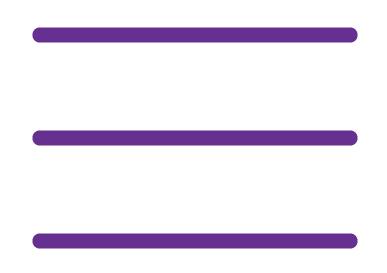Data is crucial for any business. It helps organizations manage operations, communicate with customers, pay employees and suppliers, plan their future etc... Companies with the best data have many benefits; For instance, in trade, a finer understanding of the market leads to products at better prices. Data has empowered strategy, but rarely pushed strategy. Nevertheless, this is changing now. Every part of any business is increasingly depending on data.
Hereunder are the four business models to work with data.
- Cost reduction through improved data quality. Too much data is not always as good as required and add enormous cost as people and departments check and correct it, reconcile it from sources that use similar data definitions and fix mistakes. For instance, AT&T saved tens of millions yearly in a single department, thus resulting in many advantages.
- “Content is king.” This strategy does not lower the internal cost but it offers more relevant or newer data to the customer. There are at least three types of content providers:
- Pure content providers. They acquire new data or existing ones that have not been caught before, and create a business around it. These businesses include Bloomberg and Morningstar, which provide data about financial markets. Moreover, Uber can be another example because it found a way to connect “I need a ride” and “I’m looking for a fare,” and offer a service that people love.
- Informationalization of existing products and services. It is where you build in data that customers require such as route guidance based on GPS in cars.
- Info mediation. You do not create new data, but facilitate the exchange, in order to help people find the data they require. Google could be an example among many other mediators because more data means more information to exchange.
- Data-driven innovation. It is the third way to engage in competitive advantage through data. Using big data and advanced analytics instigates data scientists everywhere. The strategy heads for a series of small discoveries, a few larger insights, and, maybe the occasional big one. The strategy is very well based in science and is starting to prove its validity. For instance, insurance companies are acquiring new understandings of risk, traders are better stocking their shelves, and human resources are finding new sources of talent.
- Become increasingly data-driven, in everything one does. According to an academic research, the strategy is very advantageous: Everyone whether individually or groups, up and down the organization chart, across internal silos, and with business partners, should make better decisions by using more and better data. In addition, they have to learn to combine that data with their intuition.
Competing via decreased cost, offering better products, and innovating are simply nothing new. Furthermore, managers have always looked forward to making improved decisions. Nevertheless, driving these efforts with data is new. And the profits could be massive for your business.





 close
close


























